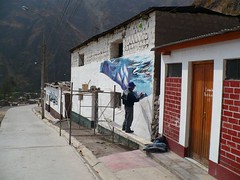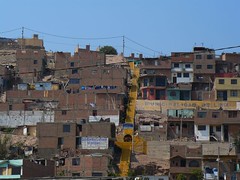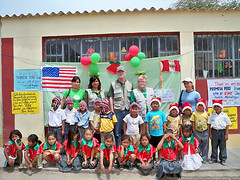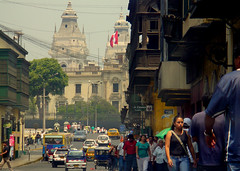Lima of yesteryear – 1920s to 1970s
The Lima of two periods of time are both equally well known; the colonial Lima that is still visible in the area around the city’s plaza, and the modern noisy metropolis that extends for kilometres.
But what about the time in between?
1920s to 1970s
From the start of the period of mass migration to Lima that stretched the city to its limits, up until the economic collapse of the first Garcia presidency, Lima grew to become a completely different place than it is today or was before.
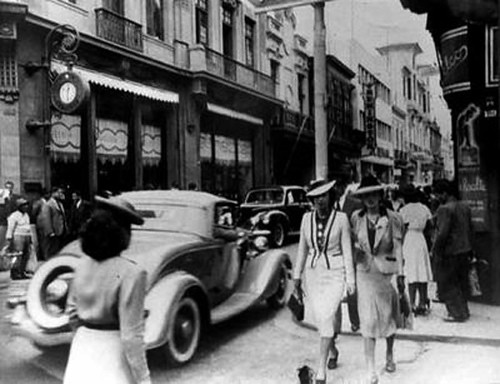
Jirón de la Unión was once clean and up-scale. Nor had it been pedestrianised.
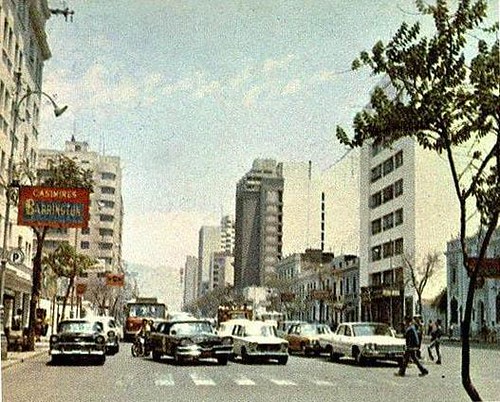
The once orderly, clean and upscale Tacna
The Lima of this period was a modern vibrant city of wide pristine avenues, fancy boutiques, fine restaurants, swinging bars, clubs and both neo-classical and post-modern architecture. Places like Miraflores, Barranco and Surco, today city districts, had only recently ceased to be small towns. Here restaurants and supermarkets were opening up to cater to the growing numbers of middle class Peruvians.
Avenida Arequipa, which ran from Lima to the once seaside town of Miraflores, was built in the 1920s under the orders of President Leguía, who is credited with breathing new life into the city and initiating this modern renaissance period.
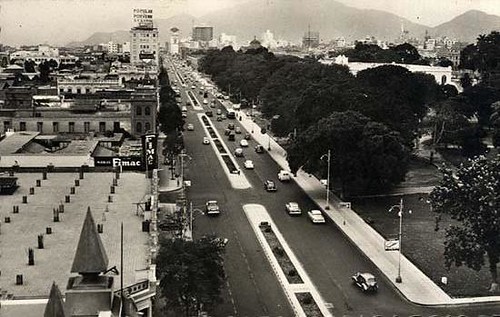
Avenida Arequipa
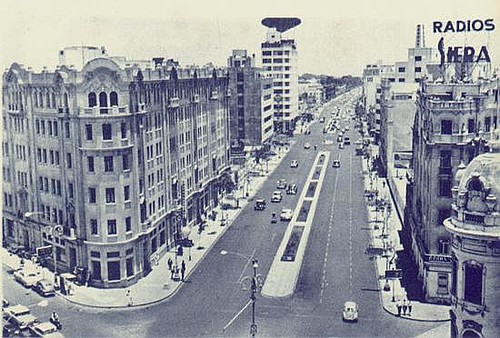
Avenida Wilson… its horrible now, but nice back then
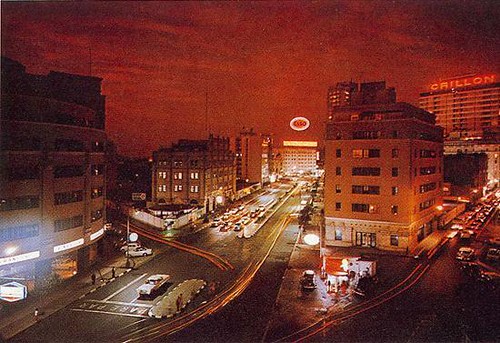
Av. Wilson – now called Av. Garcilaso del la Vega – located at the end of Av. Arequipa
In the area spanning from the first few blocks of the Av. Arequipa until the Plaza San Martín, a new, hip and vibrant Lima came into being. The city had a cosmopolitan feel to it, not at all unlike a European city. Perhaps the best comparison would be Buenos Aires – developed, attractive and with a similar atmosphere.
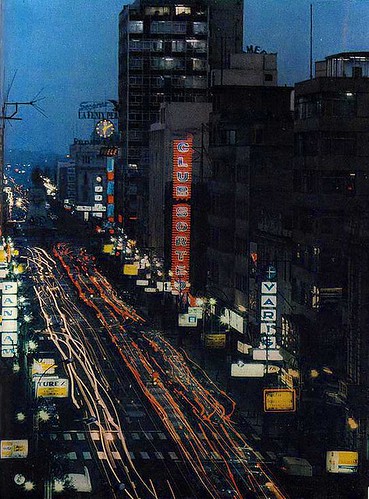
La Colmena
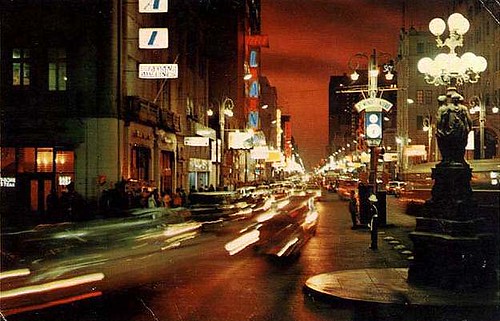
Another of La Colmena
Plaza San Martín’s neo-classical buildings were also built during the 20s, but came into their own in the 40s, 50s, 60s when housing bars, cinemas and of course the famous Hotel Bolivar, run by a manager of the London Ritz.
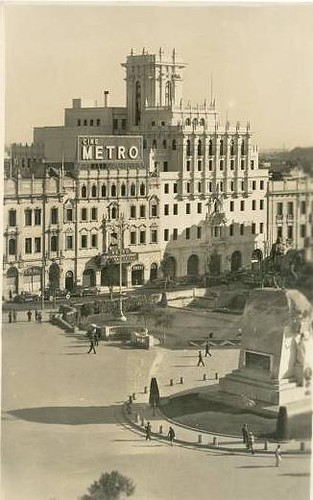
Plaza San Martin's Cine Metro
Another hotel nearby was just as famous – the Hotel Crillón – home to the famous Sky Room bar-restaurant overlooking the city.
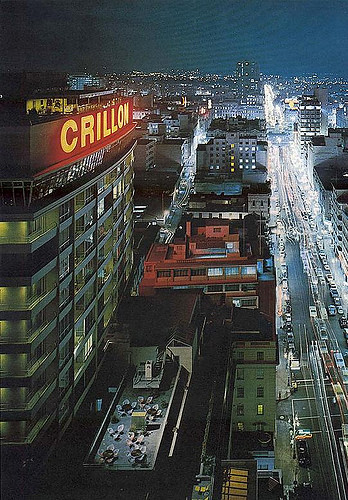
Hotel Crillón
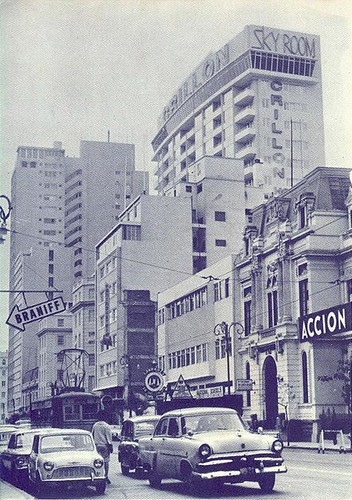
La Colmena and the Hotel Chrillón

Sky Room at the Hotel Chrillón
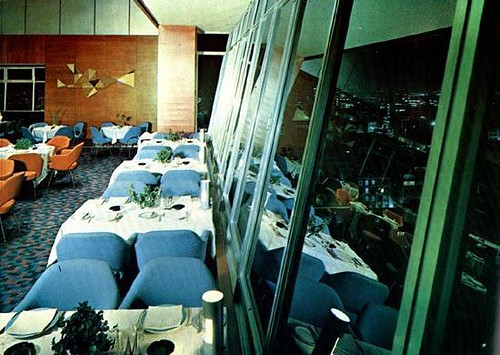
Sky Room at the Hotel Crillon
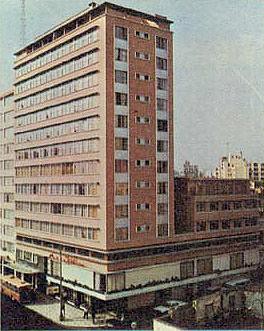
Hotel Riviera, Av. Wilson
During Lima’s heyday, the city was quite the celebrity hotspot. Famous visitors over the years included Ernest Hemingway, Richard Nixon, William Faulker, Edward VIII, Greta Garbo, Charles de Gaulle, Nelson Rockefeller, Fulgencio Batista, Ava Gardner, Mick Jagger and Keith Richards. The Rolling Stones even wrote a song here called “Let it Bleed”.
As the attraction of the centre faded, Miraflores began to take over as the place to be seen. Large mansions gave way to shopping malls and post modern buildings sprung up.
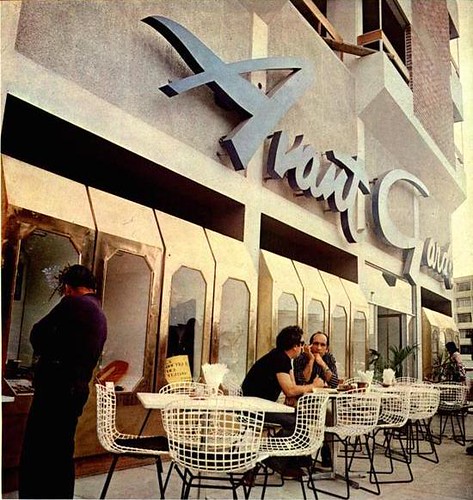
The Avant Garde bar
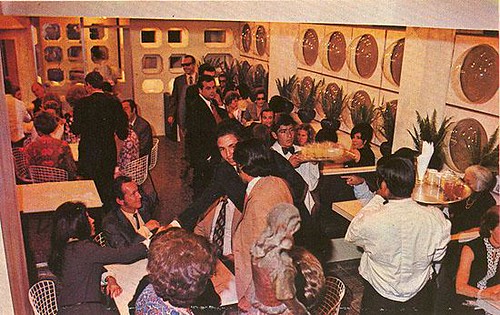
Inside upscale bar Avant Garde
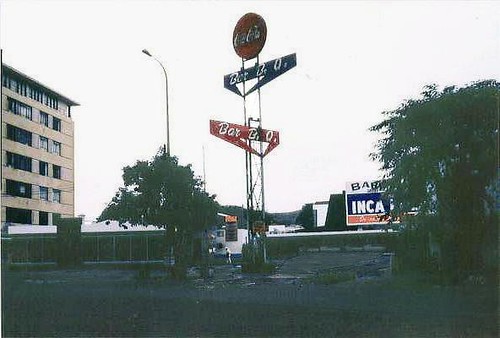
Once the Bar BQ fast food drive-thru, now parking for the Wong supermarket in Ovalo Gutierrez
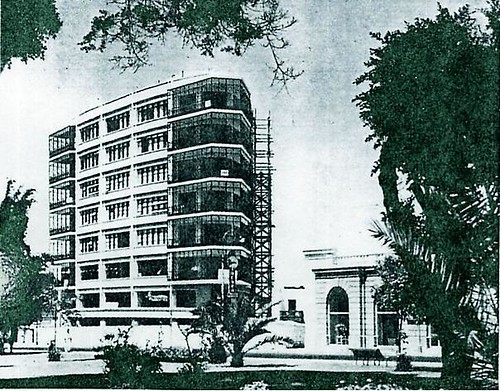
Edificio Diagonal opposite Parque Kennedy – still standing
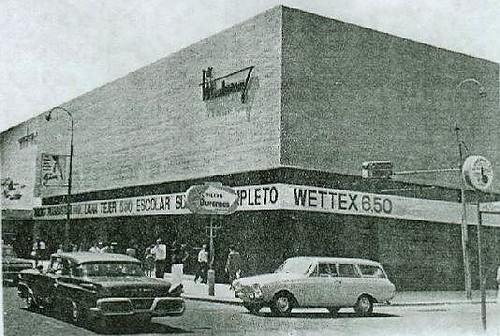
Oeschle-Monterry supermarket in Larco – now La Quinta
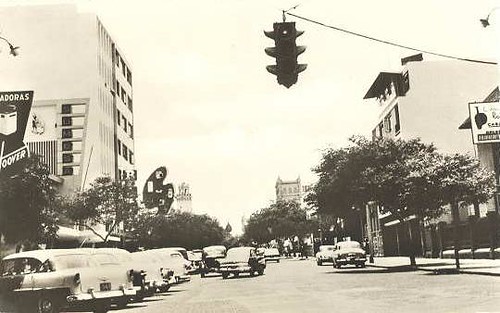
Larco from Benavides
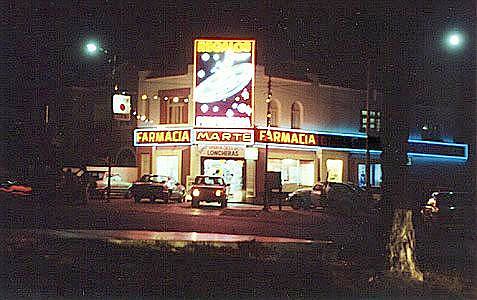
Farmacia Marte

Pardo Super Market, now Vivanda
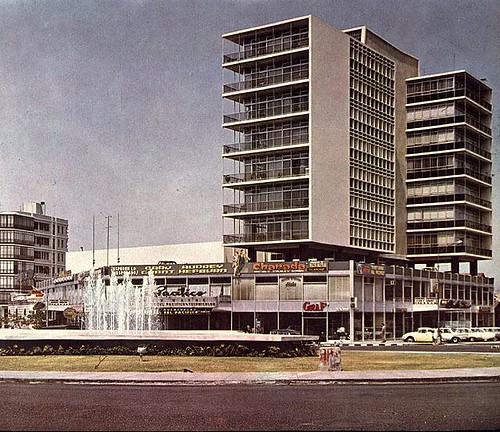
The modern El Pacifico building on the Ovalo Miraflores
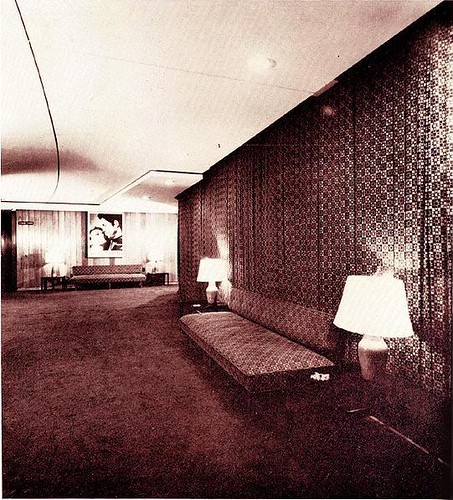
Lobby of Cine El Pacifico
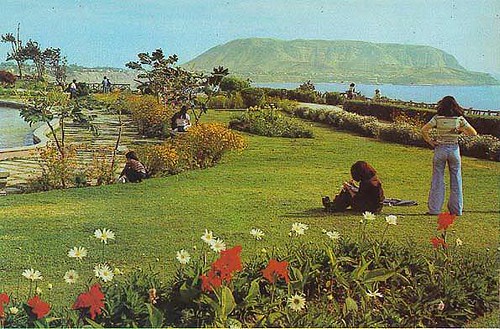
Parque Salazar, now home to LarcoMar mall
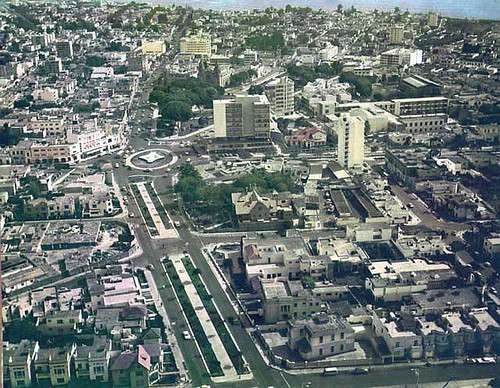
Future site of Saga Falabella, Ovalo Miraflores
Clean and orderly public transport ran on time throughout the city.
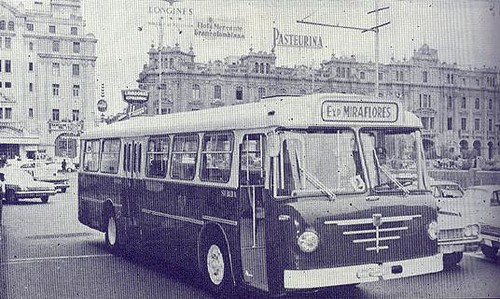
Buses from Lima to Miraflores
Another change that took place was the urbanisation of San Isidro. Fields became homes, and the Limatambo airport was re-purposed.
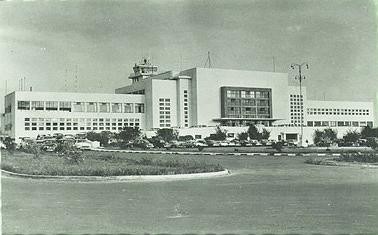
Limatambo airport, now the Interior Ministry.
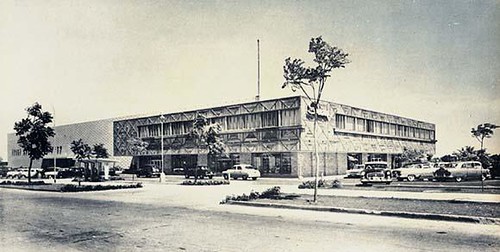
Sears in San Isidro – Now location of Saga Falabella
Tags: 1920s, 1950s, 1960s, avenida arequipa, avenida garcilaso de la vega, jiron de la union, lima, miraflores




